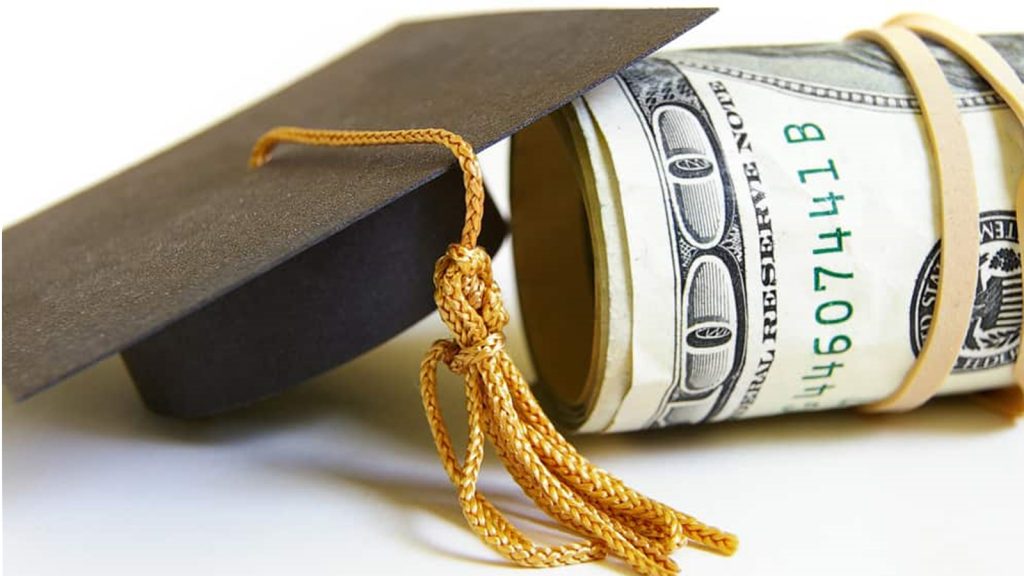The State Where You Live May Determine Your Student Loan Debt
One state has much higher student loan debt than the rest of the country.
In fact, those who live in Massachusetts now hold an average of $35,000 worth of debt, over 10 percent above any other state’s average. That’s according to a new report from LendEDU, which analyzed data from 2017 on student loans for residents of each U.S. state and the District of Columbia.
What may be surprising is how little your choice of school or college can affect what you end up owing at graduation – especially after scholarships are taken into account. One area that does have a significant impact is whether or not students attend private colleges where average debt is almost double compared to public college graduates.
Here’s How Much Debt You Can Expect at Your First Job
Graduating students who took out loans can expect to start their careers with an average of $39,950 in student loan debt, according to the latest data from the Institute for College Access & Success (TICAS). That’s up 6 percent from last year!
The number of borrowers taking on that much or more has also increased dramatically, with 71 percent of the class of 2016 borrowing money to attend college – that’s one million more than the previous graduating cohort. And while it varies by state, students borrow about 81% of the total cost of attending a four-year public institution and 57% of the cost at a four-year private college.
Student loan repayment is completely dependent on your job and where you live. But what about when you start making money? How much will be left after paying down your loans?
Before we tell you, take note: student debt has a way of hanging around, especially if it’s not paid off quickly. Borrowers are expected to double their repayments once they enter their 30s, which means some loans could stick with them until retirement. So make sure you keep track of how much debt you have on any federal or private student loans so that you don’t end up in serious trouble later on.
What Is A Good Debt To Have?
To determine what’s considered good debt, we first need to define what bad debt is.
Bad debt is usually defined as borrowing money to buy things that go down in value. That means taking on a credit card balance or buying a depreciating asset like an automobile or vacation home with borrowed cash is generally thought of as poor financial planning and could lead to bankruptcy. It’s also why we recommend not using student loans to finance vacations or expensive new cars. However, the tax code is filled with loopholes that benefit those who borrow up to the education expense limit for tuition and fees every year as well as those who take out large amounts of home equity line of credit (HELOC) money along with their mortgage.


